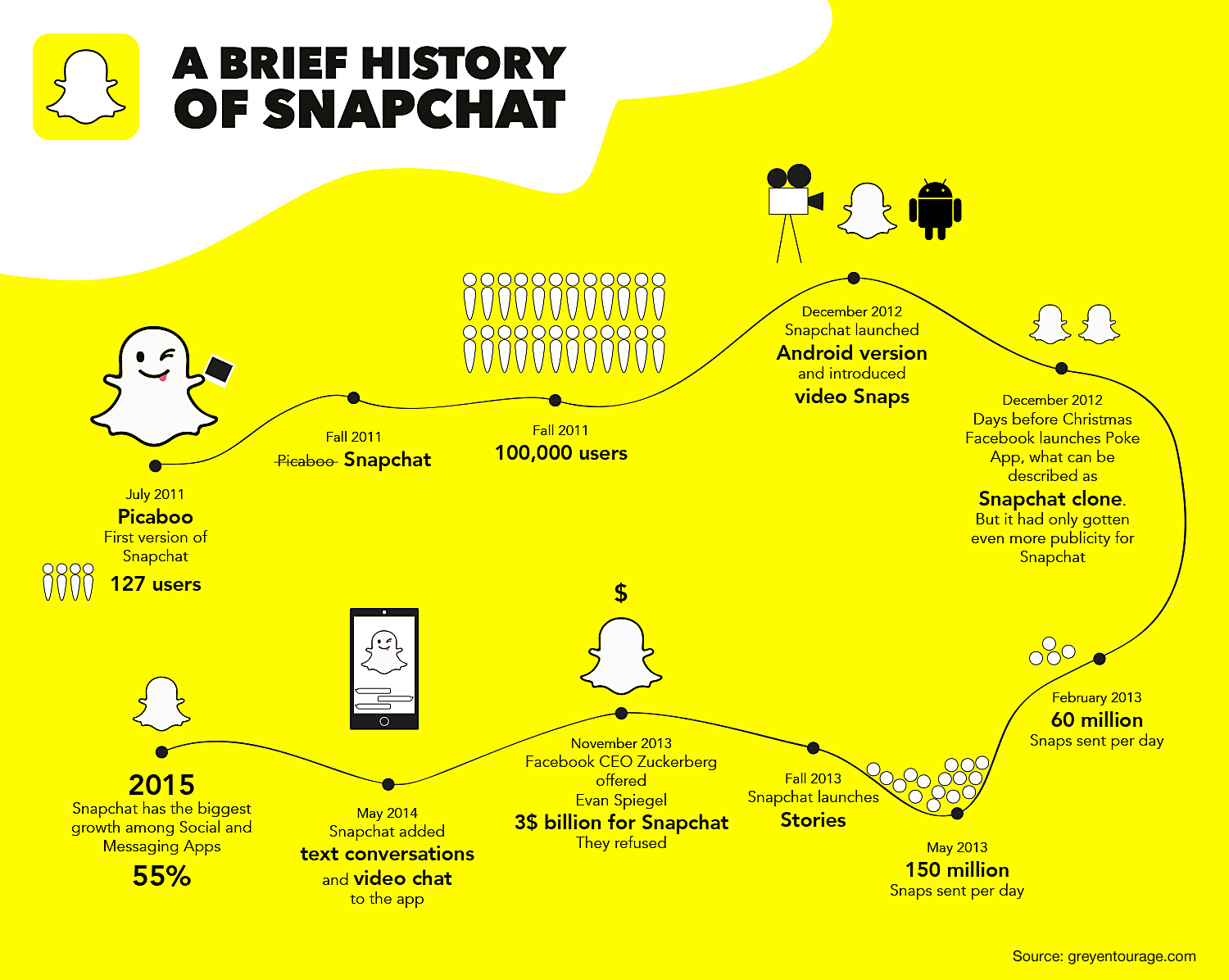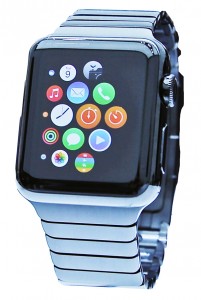Lessons learned
The Year 2015 – What Happened in Media and What that has Taught me
This post is also available in: German
2015, I’m not quite done with you yet! What an exciting year you were after all. For me you were one of the most crucial media years of all time. 10 Insights from last year and a survival lesson for broadcasters and publishers.
We were at a crossroads in 2015. It was the year when tech companies such as Facebook created faits accomplies by introducing their Instant Articles function and assumed the role of broadcasters and publishers once and for all.
So before I make a nose-dive into 2016, here are a few thoughts about what I take away from 2015 and the conclusions I draw from that.
1. Platform killed the Media-Star
I mean, just think about what happened these last few years: First we contented ourselves with adding links to our own pages on Facebook. Then we started posting parts of our content directly on Facebook – photos at first, and when we realized that Facebook preferred moving pictures, we posted more and more videos.
Then along came 2015 and the introduction of Instant Articles. Not only are we serving them our content on a silver platter, we also allow them to process our advertising business. Talk about blood-letting.
Conclusion: We traded control over content for reach – never before have legacy media been so helpless in front of the new players.
2. Technology Matters!
I was at my wits’ end when I visited a large university in the US. Last spring I had the opportunity to observe college kids in their media behavior on campus for a few days.
Insight number one: Impatience is the order of the times! What Mark Zuckerberg and Jeff Bezos have been preaching all along – it seems to be a real problem. Technical shortcomings such as long loading times or misleading links are punished severely by the younger generation.
Most of the time students just can’t be bothered to click on links. Takes too long, is too cumbersome. The expected information gain is not high enough to justify the loss of time.
Conclusion: We need more coders! Technical implementation is just as important for a news medium to be successful as selecting the right topics and doing proper research.
3. Particles instead of articles
Insight number two of my college visit: News are no longer followed piece by piece, but in fragments. They are rather consumed like a serial story over the course of a day, via extended headlines or via push news on the lock-screen of the smartphone. That way an entirely new structure is necessitated, both for our articles themselves and for their timing.
Long, coherent texts are by no means out of fashion – but they are preferred on weekends and during holidays. Then they may even come on printed paper!
This does not mean, however, that long reads do not stand a chance on the internet. It’s just that each social network likes them adjusted to its particular format – as in “make it snackable”.
Conclusion: No more structured stories, make granular news updates, and bundle them by topic.
4. New Kids on the Block
Here I have my doubts if it can be applied to Germany, but I still want to mention it. Some of the college students I had the opportunity to observe had been given the task to keep a media diary over the course of a semester – i.e. keep track of all media sources they were getting their information from day by day.
The results were a surprise: On the one hand there were old acquaintances among the most-consulted sources of information, such as The New York Times or CNN. But there were also 6 media brands among the top 10 news sources that did not exist 10 years ago. Among them were the Huffington Post, Politico, Buzzfeed and Vox. By the way, CNN is no longer perceived as a broadcaster among the young, but as an online service.
Conclusion: Legacy media brands can survive, but they have to adjust to the new media reality.
5. Livestreaming Goes Mainstream
This has almost become commonplace knowledge, but it is worth looking at in some detail: In March of 2015 I wrote a blogpost about the new livestreaming apps Meerkat and Periscope (my text about Periscope in particular seemed to be well-received at the West Coast of the United States). As was to be expected, however, the hype about these new miracle apps subsided quickly, but I’m still convinced that we can expect a great future for live streaming.
No live ticker is faster and closer to what’s happening than live video. We will need a few more technical advances such as such as 5G mobile (LTE+), and better batteries, but once those are in place, Periscope & Co will be integrated into our TV sets (just think Apple TV), and livestream will become part of our mainstream. And by then journalists will also have learned to resist the temptation of running amok with all their new possibilities (see video).
Conclusion: We will see a great comeback of good old live reporting, thanks to livestreaming.
6. Snapchat will Grow Up
As we all know, it’s difficult to make predictions, particularly about the future. I still have the audacity to predict that of all social networks I have seen over the last few years Snapchat has the most potential to join the ranks of the likes of Facebook and Twitter.
By introducing professional content (Discovery) Snapchat has managed to move beyond its former image as a sexting app for teenagers. Even during events such as the terror attacks in Paris it showed us a glimpse of the potential in (curated) eyewitness videos.
With its mix of a messaging service and a video platform Snapchat has combined two killer apps for smartphones. Add to this a clever integration of its localization function, filters and in-app sales, plus not least advertizing, and you see that no other social network has managed to develop so many different monetizing channels that early in its history.
Conclusion: Snapchat is the new star in the social network universe. The US presidential election in 2016 could spell a breakthrough for Snapchat worldwide. (If you want to follow me on Snapchat: I have experimented with it since mid-year 2015 under “richardgutjahr”.)

7. The Smartwatch as a Keyring
My assessment from last spring still stands eight months later: The Apple Watch in its present form is an unfinished product, it is a-typical for Apple, and it would never have been brought to market under Steve Jobs.
Still, I do believe that there is a future in Wearables, if you don’t see the Smartwatch as a watch, but as a keyring that can be used for payments, for opening (hotel room) doors or for accessing licensed digital content.
 Imagine you enter a hotel room, and the TV set greets you with the current episode of the series you have been watching. In the bathroom you can hear your own music playlist, and you can enjoy all that without magnetic stripe cards, without PIN codes and passwords. It’s a no-brainer; of course we’ll see that happening. If you look at it that way, the Apple Watch is a cool prototype for that kind of future. Why not.
Imagine you enter a hotel room, and the TV set greets you with the current episode of the series you have been watching. In the bathroom you can hear your own music playlist, and you can enjoy all that without magnetic stripe cards, without PIN codes and passwords. It’s a no-brainer; of course we’ll see that happening. If you look at it that way, the Apple Watch is a cool prototype for that kind of future. Why not.
Conclusion: Smartwatches will be around in the future. Not quite as media receivers, but as digital wallets and as key rings.
8. Quality Clicks
I’ve been preaching it for years in my workshops: Be the first or be the best. What nobody can afford in times of over-supply is mediocrity.
Over the past years our primary concern had been with speed (another +++ breaking news alert, anyone?), but in 2015 we started to focus on quality again.
I don’t mean those Look! At! Me! sort of multimedia products that seem to be designed for the sole purpose of demonstrating what they can do in theory (aka “the Snowfall syndrome”). I mean the sort of quality that isn’t the exception, but the rule. The sort of quality that is produced for a real audience and not for the jury of the next journalists’ award.
We have to abandon the notion however that we can generate clicks or reach just by offering quality. Attention, relevance and an audience’s trust are the new currency of the web. You don’t get results from critical mass alone, but from criteria that are difficult to measure, such as credibility, trust and commitment.
Conclusion: Viewer ratings and circulation are losing their significance; in the digital world it is attention, relevance and an audience’s trust that count.
9. Our Business is a Relationship Business
Why is Facebook called FACEbook and not Brandbook? Why is our interest aroused when we hear that Angela Merkel’s cell phone was hacked, why are we less interested when someone wants to discuss privacy and surveillance in general? The answer is timeless and analog:
We are humans – and as humans we identify with humans, not with brands. It is a principle that is becoming more and more important.
As journalists we are becoming part of the products we make. I would even venture to say that in the end, we ourselves are the product.
What we need in the future are experts with their own audience, both fans and followers, who can bring that audience to a potential employer as a dowry, so to speak.
Fragmentation continues and the more fragmented our audience is, the more important will be individual contributors who have an above-average credibility in their respective niches. Jeff Jarvis sees relationship busines as a decisive factor in the survival of the individual journalist.
Conclusion: Individual contributors will move to the center of the media world; they will gain power and influence inside their broadcasting or publishing companies.
10. End Game: Talent
Big Data, Virtual Reality, Artificial Intelligence – we should keep all of these topics on our radar, but I do not believe that these are the battles we will be fighting in the foreseeable future.
If there is one piece of advice I can give to broadcasters or publishers who invite me to workshops or conferences, it is this:
Respect your audience, invest into your contributors! It sounds so commonplace, but it is a lesson they had to learn the hard way even in Silicon Valley.
In the fully digitized world creativity and talent are the final battleground where decisions are made about excellence, and about who wins and who loses, who gets attention and who is interchangeable. (see also “Only Art Will Save Us”)
If you wait for the one killer concept that will mean your breakthrough, you are a high-risk gambler. It would be wiser to invest in people and to see to it that there is the right atmosphere in the team. Sooner or later you will reap your rewards for such a measure.
Unfortunately I had to take note over the past year that some of the best talent seems to turn its back on classic media, be it that people’s hearts are no longer with the jobs they are paid to do, or they leave to join Facebook, Twitter or Buzzfeed. To learn more about this phenomenon, read this great analysis by @Rands.
Others are trying their luck in a startup. That’s good for the German economy as a whole. It is bad for our established media companies, because those are the people they would need in order to survive in times of digitization.

Summary: Lessons in Humility
In a fully networked society it is no longer critical mass alone that counts, but individuals are gaining in importance.
Mass media are becoming media of the masses. At the interface between content provider and consumer it is no longer the broadcasters and publishers who are calling the shots, but platforms such as Google or Facebook.
Media companies have to learn to take audiences more seriously in their higher expectations, if they don’t want to get drowned out in the general noise. Winners will be the content providers who deliver excellence to individuals, not those who serve everyone with mediocrity.
Respect is what you get in exchange for attention – vis-à-vis your audience as well as vis-à-vis your contributors. That is the abbreviated formula for survival in the digital world.
Your opinion?